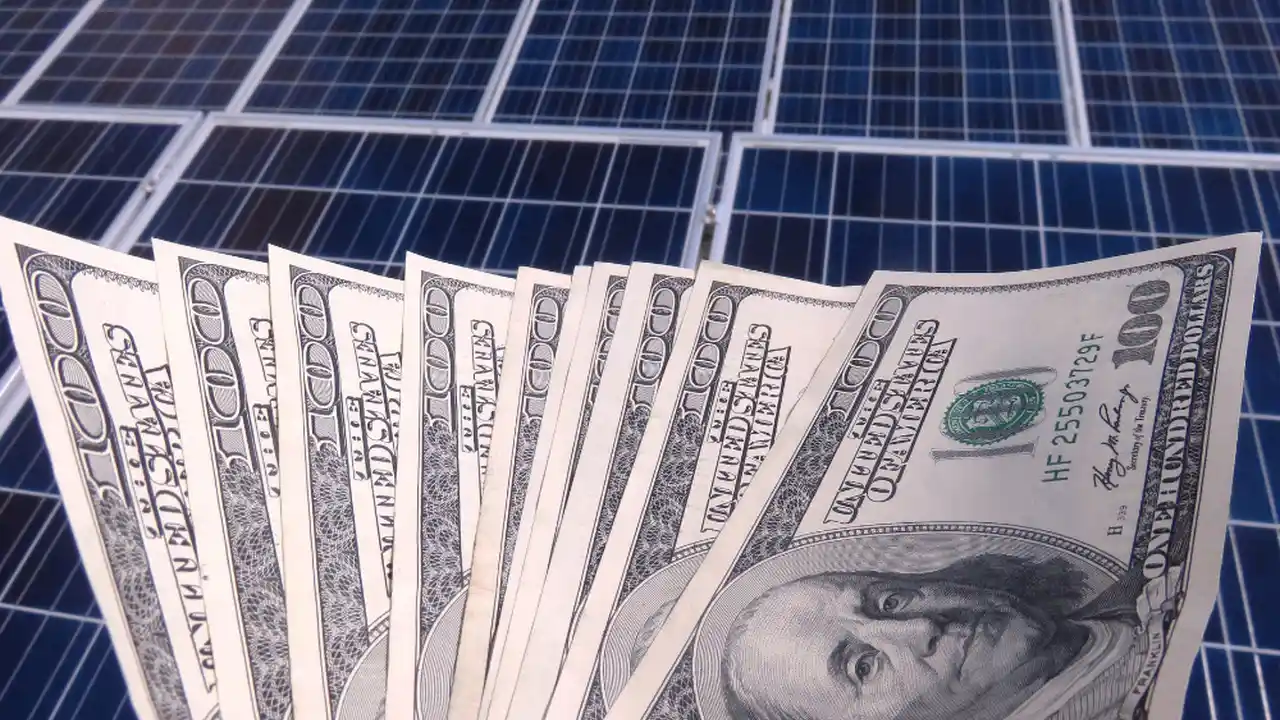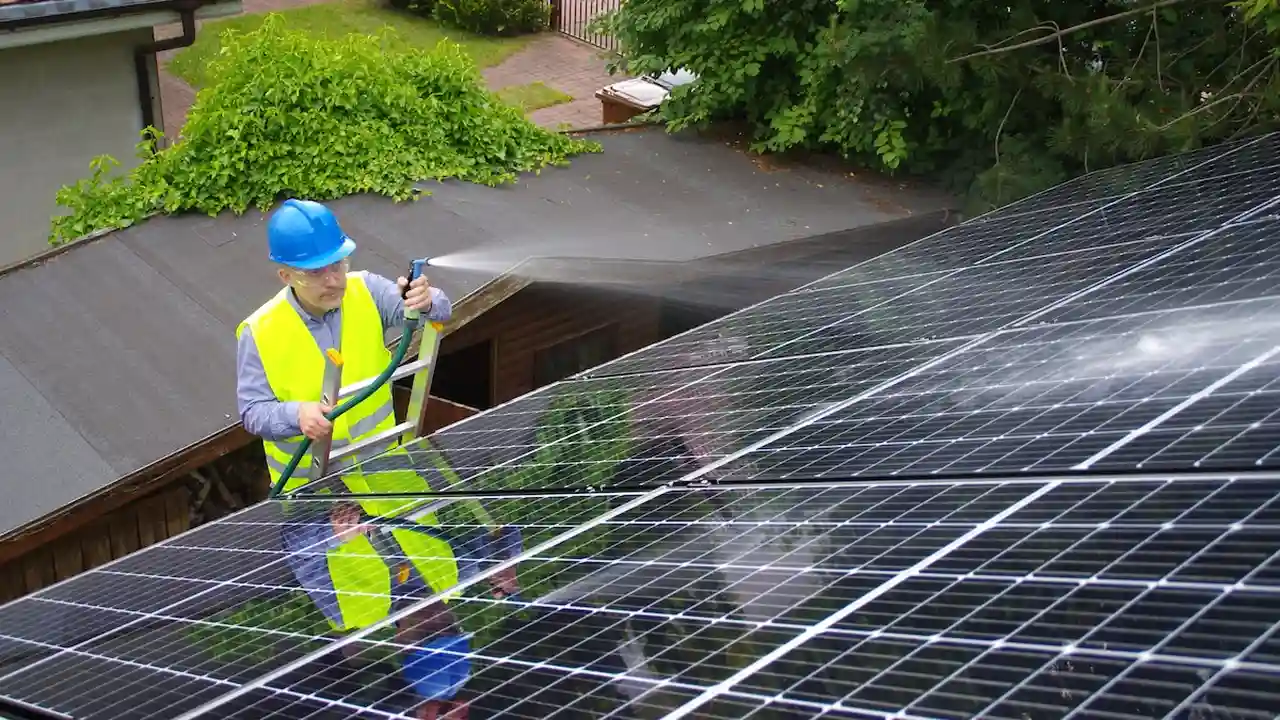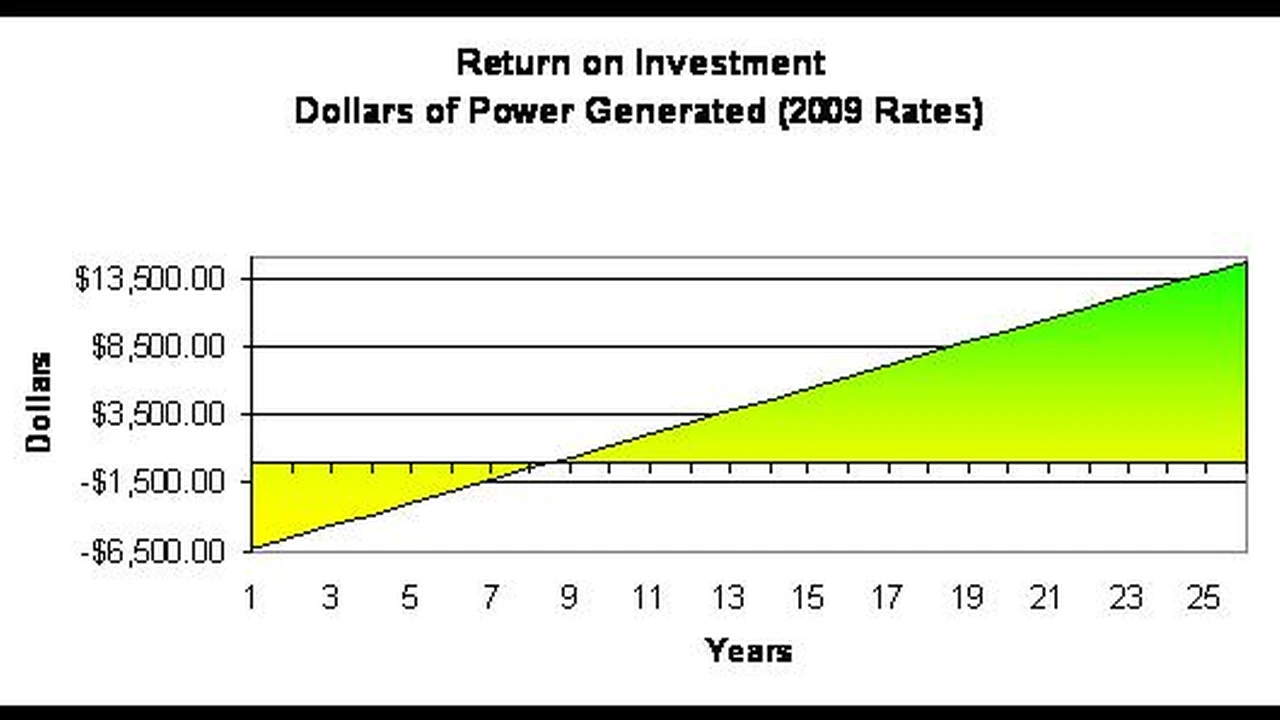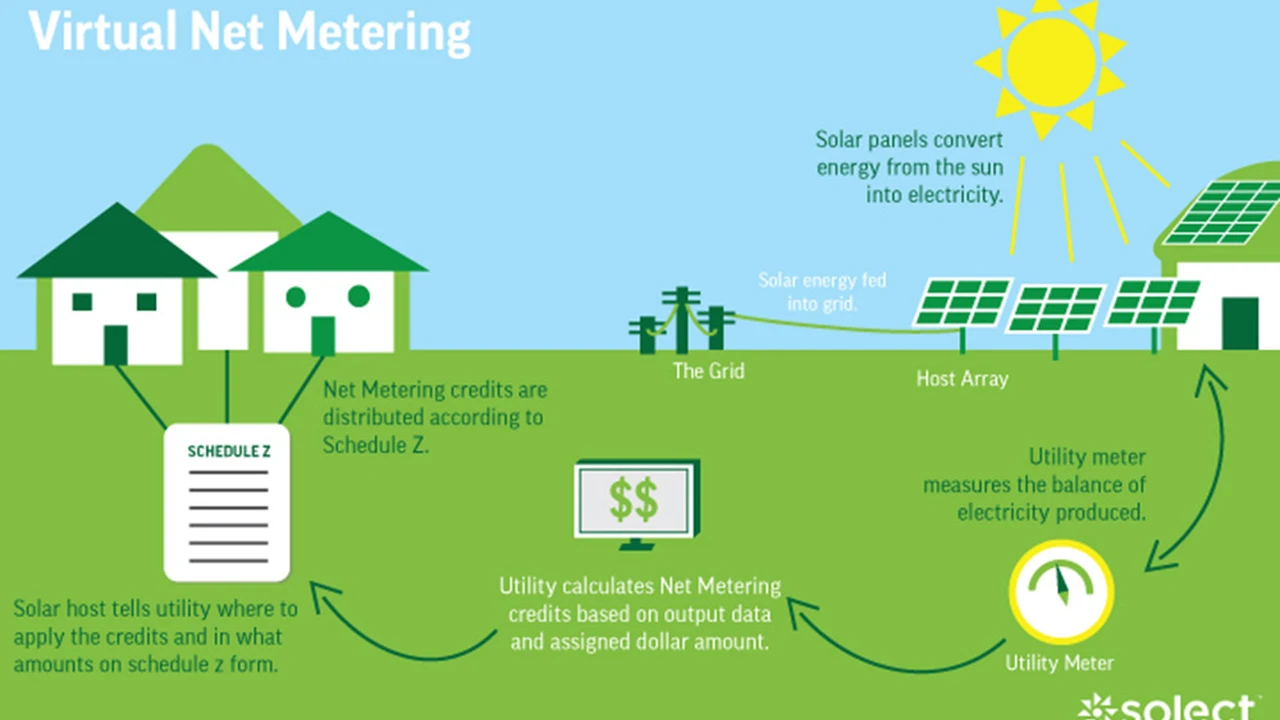Solar Panel Rebates and Incentives: Saving Money on Solar

Understanding Solar Panel Rebates Federal Incentives and State Programs
So, you're thinking about going solar? Awesome! One of the biggest questions people have is, "How can I save some serious cash?" Well, rebates and incentives are your best friends here. Let's break down the different types of incentives you can find.
First up, we have federal incentives. The big one is the Federal Solar Tax Credit, also known as the Investment Tax Credit (ITC). This allows you to deduct a significant percentage of the cost of your solar panel system from your federal taxes. It's a direct reduction, not just a deduction, which makes it a major win. Currently, it offers a substantial percentage back. Keep an eye on this, as the percentage can change over time based on government policy.
Next, we have state programs. These vary *wildly* depending on where you live. Some states offer hefty rebates, tax credits, or even performance-based incentives, where you get paid for the electricity your solar panels generate. Others might have net metering policies, which allow you to sell excess energy back to the grid. Check your state's energy office website for details. Don't skip this step – state incentives can dramatically lower your upfront costs!
Finally, there are local rebates and incentives. These can come from your city, county, or even your utility company. Utility companies often offer rebates to encourage customers to adopt renewable energy. Again, do your research – a quick Google search for "solar incentives [your city/county]" can uncover hidden gems.
Exploring Different Types of Solar Incentives Tax Credits Rebates and Performance Based Programs
Let's dive a little deeper into the different types of solar incentives. We've already mentioned the Federal Solar Tax Credit, but let's reiterate how powerful it is. It's a percentage of your total system cost, including equipment and installation. This is huge!
Rebates are essentially discounts offered upfront. You install your solar panels, apply for the rebate, and receive a check or credit. They're often a fixed amount per kilowatt (kW) of solar panel capacity.
Tax credits, on the other hand, reduce your tax liability. You claim them when you file your taxes. Make sure you understand the rules and regulations for claiming tax credits in your area.
Net metering is a particularly cool incentive. If your solar panels generate more electricity than you're using, you can send that excess energy back to the grid. Your utility company will then credit your account for the electricity you provide. This can significantly reduce your monthly electricity bill and even potentially eliminate it entirely.
Performance-based incentives, as the name suggests, pay you based on how much electricity your solar panels generate. These are less common than other types of incentives, but they can be a great way to earn extra cash over the long term.
Specific Solar Panel Products Recommendations Usage Scenarios and Comparisons
Okay, let's talk about some actual solar panel products! It's a jungle out there, so let's try to make it a bit clearer. We'll look at a few different scenarios and recommend panels that fit the bill.
Scenario 1: The Average Homeowner
For the average homeowner looking to reduce their energy bills, reliability and affordability are key. Here are a couple of options:
* REC Alpha Series: These panels are known for their high efficiency and durability. They're a bit pricier than some other options, but they offer excellent performance in various weather conditions. Expect to pay around $3.00-$3.50 per watt. The REC Alpha Series are particularly good for smaller roofs where maximizing power generation is crucial. They also have a great warranty. * Panasonic EverVolt Series: Panasonic has a long history of producing high-quality electronics, and their solar panels are no exception. The EverVolt series offers good efficiency and a sleek, all-black design. They're also known for their excellent warranty. Price is similar to REC, around $3.00-$3.60 per watt. These are a great choice if aesthetics are important to you.Scenario 2: The Budget-Conscious Buyer
If you're on a tight budget, you can still go solar! Here are a couple of more affordable options:
* Q CELLS Q.PEAK DUO Series: Q CELLS panels offer a good balance of performance and affordability. They're not the most efficient panels on the market, but they're reliable and cost-effective. Expect to pay around $2.50-$3.00 per watt. These are a solid choice for maximizing your return on investment. * Trina Solar Honey Series: Trina Solar is one of the world's largest solar panel manufacturers, and their Honey series offers good value for money. They're a reliable and affordable option for homeowners on a budget. Price is similar to Q CELLS, around $2.40-$2.90 per watt.Scenario 3: The Off-Grid Enthusiast
If you're planning to go off-grid, you'll need panels that can handle harsh conditions and provide reliable power. Here are a couple of options:
* SunPower Maxeon Series: These are some of the most efficient and durable solar panels on the market. They're designed to withstand extreme weather conditions and offer a long lifespan. They're also the most expensive, around $4.00-$4.50 per watt. But if you need the best, this is it. * LG NeON Series: LG panels are also a top contender in the high-efficiency and durability category. While LG has exited the solar panel market as of 2022, existing panels are still an excellent choice, and warranties are still honored. If you can find them, they're a great option. Price is similar to SunPower, around $3.80-$4.30 per watt (if you can find them).Comparing Solar Panel Technologies Monocrystalline Polycrystalline and Thin Film
Let's quickly touch on the different types of solar panel technologies. The two most common are monocrystalline and polycrystalline.
Monocrystalline panels are made from a single crystal of silicon. They're typically more efficient and have a sleeker, all-black appearance. However, they're also more expensive.
Polycrystalline panels are made from multiple silicon crystals. They're less efficient than monocrystalline panels, but they're also more affordable. They have a slightly blue, speckled appearance.
Thin-film solar panels are made by depositing a thin layer of photovoltaic material onto a substrate. They're less efficient than crystalline panels, but they're also more flexible and lightweight. They're often used in niche applications, such as portable solar chargers.
For most homeowners, monocrystalline panels are the best choice due to their higher efficiency. However, if you're on a tight budget, polycrystalline panels can be a good alternative.
Understanding Solar Panel Costs Installation Fees and Long Term Savings
Okay, let's talk about the nitty-gritty: the cost of going solar. The total cost of a solar panel system depends on several factors, including the size of the system, the type of panels you choose, and the installation fees.
Installation fees can vary depending on the complexity of the installation. Factors like roof type, accessibility, and electrical work can all affect the installation cost.
However, it's important to remember that solar panels are a long-term investment. While the upfront cost can be significant, you'll save money on your electricity bill for years to come. Over time, the savings can more than offset the initial cost of the system.
Also, don't forget to factor in the value of the incentives we talked about earlier! Rebates and tax credits can significantly reduce your upfront costs.
Net Metering Explained How to Sell Excess Solar Energy Back to the Grid
We've mentioned net metering a few times, so let's dig into it a bit more. Net metering is a policy that allows you to sell excess solar energy back to the grid. When your solar panels generate more electricity than you're using, the excess energy is sent back to the grid, and your utility company credits your account.
The specifics of net metering policies vary depending on your location. Some utilities offer full retail rate net metering, which means you'll be credited the same rate for the electricity you send back to the grid as you pay for the electricity you use. Other utilities offer a lower rate for excess energy.
Net metering can significantly reduce your monthly electricity bill and even potentially eliminate it entirely. It's a great way to maximize the value of your solar panel system.
Solar Panel Maintenance Tips Ensuring Longevity and Optimal Performance
Solar panels are generally low-maintenance, but there are a few things you can do to ensure they last a long time and perform optimally.
First, keep your panels clean. Dust, dirt, and debris can reduce the amount of sunlight that reaches the panels, reducing their efficiency. You can clean your panels yourself with a soft brush and water, or you can hire a professional cleaning service.
Second, monitor your system's performance. Most solar panel systems come with monitoring software that allows you to track how much electricity your panels are generating. If you notice a significant drop in performance, it could be a sign that something is wrong.
Third, have your system inspected regularly. A professional solar panel installer can inspect your system to identify any potential problems and ensure that everything is working properly.
By following these simple maintenance tips, you can ensure that your solar panels last for many years and continue to generate clean, renewable energy.
Financing Options for Solar Panel Installation Loans Leases and PPAs
Let's talk about how to pay for your solar panel system. There are several financing options available, including loans, leases, and power purchase agreements (PPAs).
Solar loans allow you to borrow money to purchase your solar panel system. You'll then repay the loan over time, typically with monthly payments. Solar loans are a good option if you want to own your system and take advantage of the tax credits and rebates.
Solar leases allow you to lease a solar panel system from a company. You'll pay a monthly fee for the use of the system, but you won't own it. Solar leases can be a good option if you don't want to deal with the upfront cost of purchasing a system.
Power purchase agreements (PPAs) are similar to leases, but instead of paying a monthly fee, you pay for the electricity that the solar panels generate. PPAs can be a good option if you want to avoid the upfront cost of purchasing a system and you're comfortable with a long-term contract.
Each financing option has its own pros and cons, so it's important to carefully consider your options and choose the one that's right for you.
The Future of Solar Energy Innovations and Emerging Technologies
The future of solar energy is bright! There are many exciting innovations and emerging technologies on the horizon.
One area of innovation is in solar panel efficiency. Researchers are constantly working to develop new materials and designs that can increase the amount of sunlight that solar panels convert into electricity.
Another area of innovation is in energy storage. Batteries are becoming increasingly affordable and efficient, making it easier to store solar energy for later use.
Emerging technologies like perovskite solar cells and floating solar farms are also showing great promise.
As solar technology continues to advance, it will become even more affordable and accessible, making it an increasingly important part of the global energy mix.
:max_bytes(150000):strip_icc()/277019-baked-pork-chops-with-cream-of-mushroom-soup-DDMFS-beauty-4x3-BG-7505-5762b731cf30447d9cbbbbbf387beafa.jpg)





